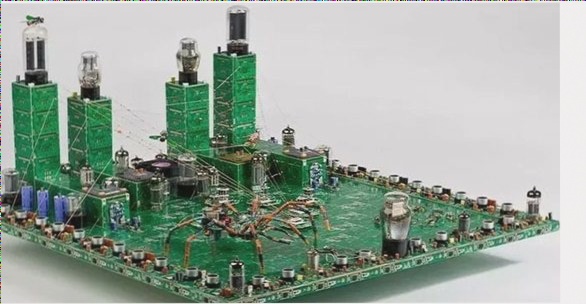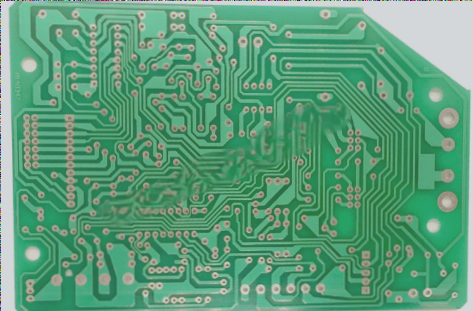Industrial PCB Types Based on Rigid and Flexible:
- Rigid PCBs:
- Rigid PCBs are inherently stiff and inflexible.
- They are widely used in industrial applications due to their robust nature.
- Rigid PCBs are durable, easy to repair, and handle complex designs efficiently.
- They facilitate easy implementation and organization of signal paths.
- The compact size allows for integration of complex designs for specific applications.
- All components on rigid PCBs are secured with flux for stability.
- Components remain in place even in harsh environments.
- Flexible Printed Circuit Board:
- Flexible PCBs use a flexible substrate and are inherently pliable.
- They can be bent into any desired shape during application.
- Available in single-layer, double-layer, and multi-layer formats.
- Widely used in industrial applications due to lightweight and flexibility.
- Come in various types depending on the number of layers and configurations.
- PCB with Rigid and Flexible Combinations:
- Rigid-flex PCBs combine rigid and flexible elements.
- Enhances PCB capacity and allows for flexible design options.
- Primarily used for implementing complex circuits in limited spaces.
- Commonly used in industrial applications due to rigidity and flexibility.
- HDI-Flex PCB:
- HDI (High-Density Interconnect) PCBs are used for high-performance applications.
- Utilize thinner layers for optimal designs and improved energy efficiency.
- Choose HDI-Flex PCBs for industrial uses requiring high performance.
- High-Frequency PCB:
- Operates at high frequencies (500MHz to 2GHz) for critical frequency applications.
- Other Types of PCBs:
- Include high-speed PCBs, LED PCBs, RF PCBs, metal-core PCBs, thick copper PCBs, gold finger PCBs, and ceramic PCBs.
For more information on PCB fabrication, visit here.
Learn about HDI PCBs here.



